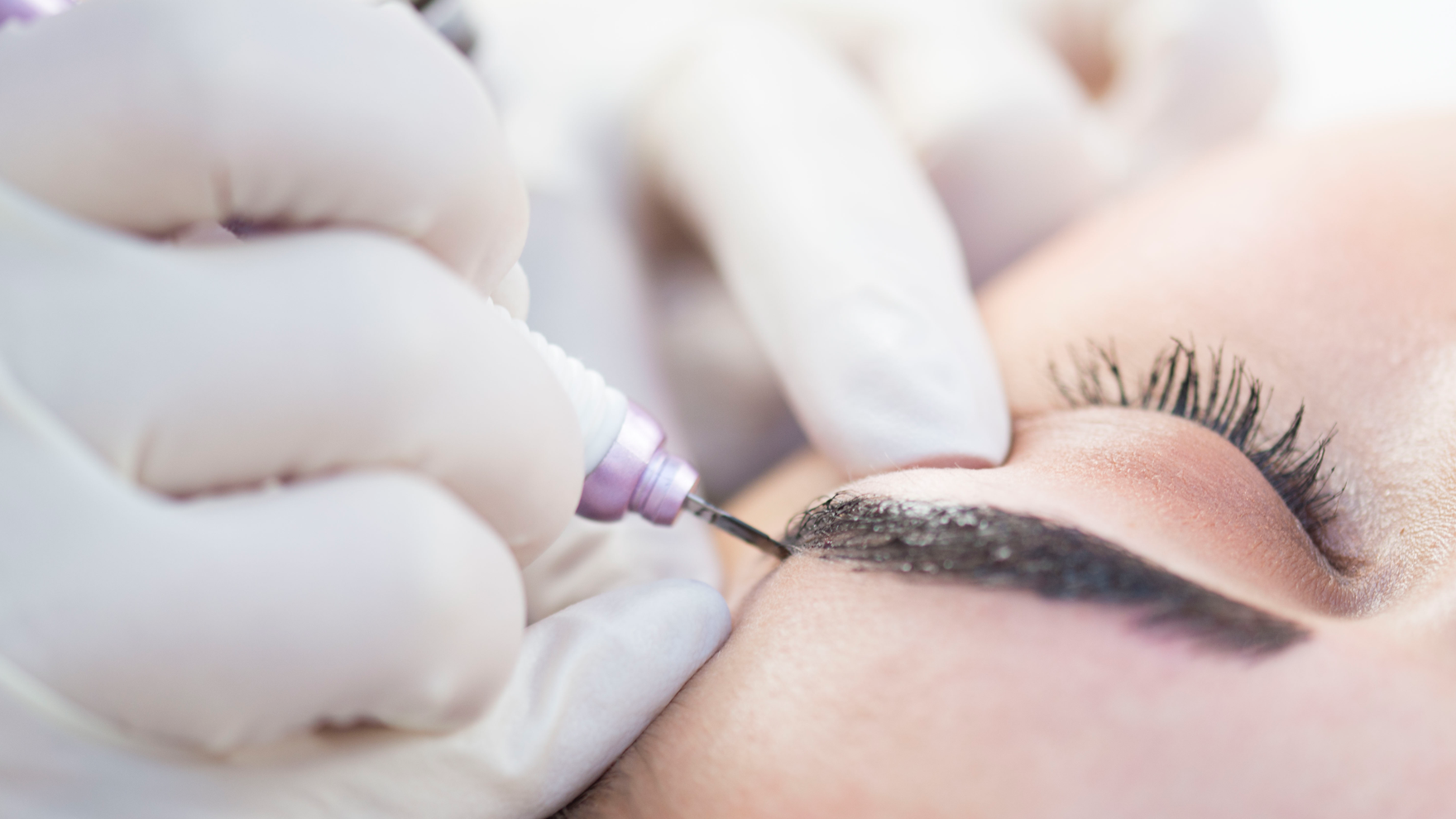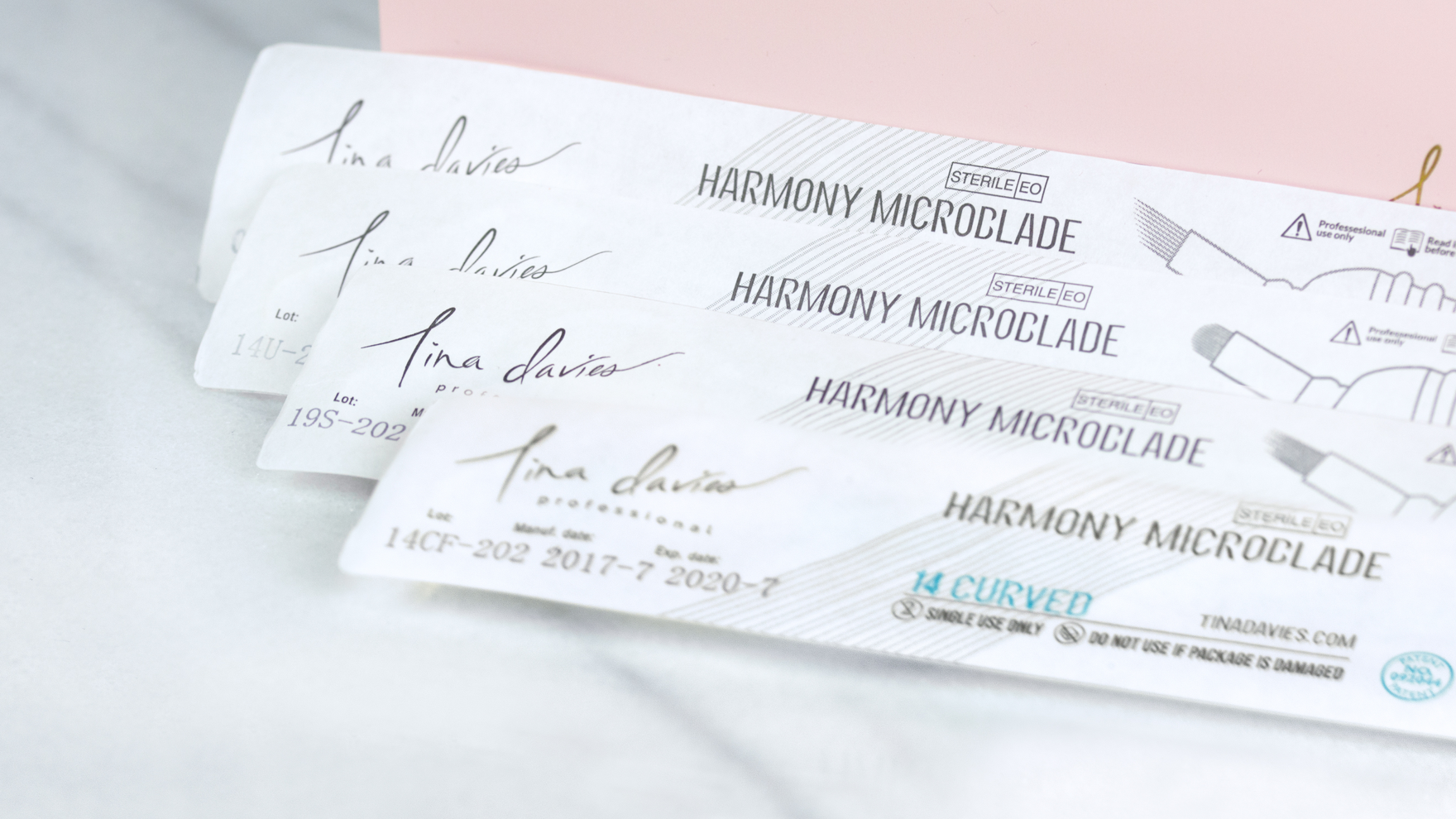
Microblading 101

Microblading is rapidly increasing in popularity and new artists are entering our community daily. Whether you are brand new to Microblading or have thousands of procedures under your belt, here are 10 things you should know:
1. You can microblade ALL of the skin types 1-6 on the
Fitzpatrick scale (https://en.wikipedia.org/wiki/Fitzpatrickscale) including people with large pores, thick skin, thin skin, young and mature skin, alopecia sufferers can all enjoy the benefits of microblading. The only exception is people whose skin is extremely thin AND suffer from rosacea. This combination of skin that bleeds very easily and is also very thin makes it almost to microblade without excessive bleeding, which dilutes the color, leading to very weak and poor results.
2. Well-executed strokes consistently heal crisp and clean with no blowout or spreading. The majority of the strokes heal exactly how you place them. This is because unlike machine hair stroke work, there is no reciprocating needle trauma to the skin. Less trauma = cleaner strokes.
3. Before you start Microblading you will need proper permanent makeup foundation training. Microblading is an advanced technique and requires prior knowledge of permanent makeup basics such as skin morphology, color theory, safety standards, hygiene, contraindications, design, and most importantly, understanding the risks of blood-borne pathogens.
4. Check your needles with a loupe before starting every single procedure. Why? Because you cannot check your needles with the naked eye. Be on the lookout for barbed, damaged, and poorly aligned needle arrangements. These needle defects can cause scarring in the skin and poor outcomes.
5. You can start working on live models only after you’ve acquired proficient pattern-making muscle memory. You need to practice your patterning for hours on end. Once you can repetitively whip out a set of eyebrows with ease, then you’re ready for skin.
6. Stretch is EVERYTHING. Never underestimate the effectiveness of a perfect 3-point stretch. Good stretching will elevate the level of your work from “good” to “great”.
7. Clients needs to return every 12-18 months for maintenance touch-ups. The hairstrokes will fade but the work will not become solid and blurred. The pattern will still be visible and all you need to do is retrace the same strokes or add new strokes. It is also possible to do a touchup over machine work with microblading.
8. You need to use disposable needles and handles for each and every client to prevent the spread of bloodborne pathogens. Reusable handles must be sterilized by steam autoclave for reuse. Bottom line: if you can't autoclave it, you can't re-use it. See our selection of disposable microblades
9. Results will vary based on 3 factors: 1.) client skin conditions 2.) technique 3.) tools. Some people come back with great results, some, not so great. After about 1000 procedures, your experience and time-on-the-skin will lead you to produce consistently great results because you will know how to vary your technique with the different skin types you come across. Tip: you'll speed up your learning curve by obtaining using high quality training, tools and pigments from the start.
Please feel free to share this article if you enjoyed it.




Leave a comment
This site is protected by hCaptcha and the hCaptcha Privacy Policy and Terms of Service apply.